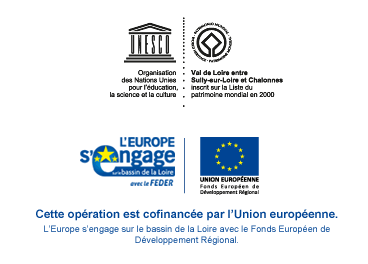- Home
- Know
- A la carte
- Château de Chenonceau
Château de Chenonceau
Published on 25 July 2017 - Updated 28 August 2017
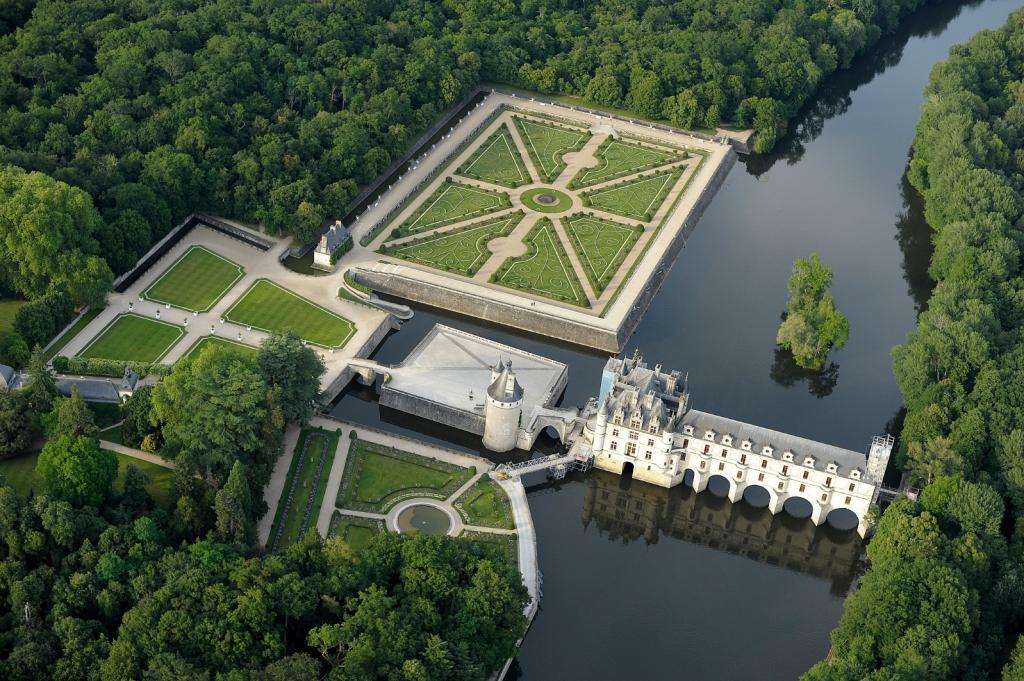
Built in the first quarter of the 16th century, and then enlarged, embellished and provided with gardens in the second half of the 16th century, the Château embodies the Loire Valley’s architectural blossoming during the Renaissance, in the two periods generally known as the First and Second Renaissances.
Thomas Bohier, Francis I’s Finance Minister, had Chenonceau’s avant-corps (known as Logis Bohier) constructed between 1514 and 1522. All that was preserved of an earlier castle that had been demolished was the donjon known as “Tour des Marques” and the substructure of a mill, which was used to construct the new logis on the river.
The second phase of the chateau’s construction lasted from 1556 to 1559, the work of Philibert de l’Orme, one of the French Renaissance’s major architects: he created the bridge spanning the Cher on behalf of Diane of Poitiers, who also had the gardens redesigned.
The famous two-storey gallery on the bridge was built between 1570 and 1576, commissioned by Catherine de’ Medici, who also had the north façade of the logis modified, rooms added in the east between the chapel and the library, and a service wing built in the forecourt (1580-1585 ).
Soon becoming Crown property, Château de Chenonceau is also closely connected with the history of the Kings of France and, located less than two and a half leagues from Château d’Amboise, was an integral part of the Royal Domain.
Another of the Château’s outstanding characteristics is the extensive collection of furniture, tapestries and paintings that it houses, illustrating the successive periods from the 16th to 18th centuries and much of which have been reconstituted by the present owner.
It is also unusual in that it has been inhabited almost continuously up to the present day, managing to survive the 1789 Revolution intact.
Today, Chenonceau, along with Chambord, is the Loire Valley’s best known and most visited château. It attracts some 900,000 visitors of 150 nationalities every year, providing them with a warm welcome and organising top-quality tours of the property.
Text adapted from the submission made to the UNESCO World Heritage Committee (2017).
Vous n’avez pas trouvé l’information que vous cherchiez dans cette page ?
Demandez-nous
Bien reçu !
Nous vous répondrons prochainement.
L’équipe de la Mission Val de Loire.
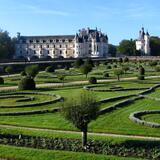
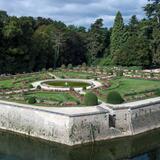
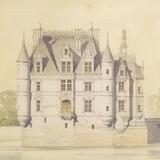
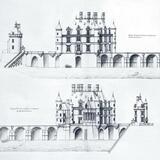

![Nouvelles Renaissance(s] 2023](/var/storage/images/val-de-loire-refonte/dossier-de-parametrage/pied-de-page/nouvelles-renaissance-s-2023/517479-13-fre-FR/Nouvelles-Renaissance-s-2023_image_largeur220.png)
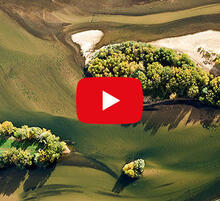

 Lettre d'information
Lettre d'information
 Facebook
Facebook
 Flickr
Flickr
 Podcloud
Podcloud
 Dailymotion
Dailymotion
 Box
Box
 Slideshare
Slideshare
 Diigo
Diigo

